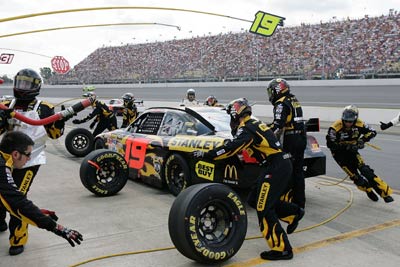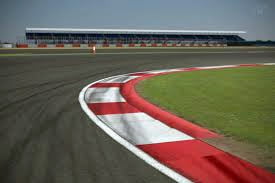
The corner is where is counts.
Correct cornering requires a conscious and repeatable sequence of driver actions to properly enter and exit turns. This sequence must be smooth and flowing and requires regular practice to make it a habit. The sequence is as follows assuming turn entry from a straight section of the course. Take the next Driver’s Education in Lewistown with the Big Sky Region PCA.
LIFT — While driving in a straight line and looking ahead, smoothly lift off the throttle.
BRAKE — Smoothly and progressively apply the brakes in a straight line. Not all turns require use of the brakes.
DOWNSHIFT — Using heel-toe technique downshift to the appropriate gear to maintain torque to provide for acceleration out of the turn. Not all turns require downshifting.
OFF THE BRAKE — While looking ahead to the apex and beyond, smoothly release the brakes when you’re ready to turn in. You generally should not be braking while in the turn, and you want to have given your suspension a brief moment to settle before turning.
TURN IN — Practice ocular driving. Never look where you are. Always look ahead to the next point by physically turning your head. Slowly and smoothly turn the wheel to initiate the turn. Let your hands follow the eyes and use progressive steering.
ACCELERATE — After the turn is initiated smoothly, apply maintenance throttle and progressively increase as you pass the apex and begin to track out to the exit point.
TRACK OUT — As you pass the apex smoothly and progressively unwind the steering wheel. Let the car unwind to the exit point. This is not always needed. Your instructor will explain when and how.
TALK YOURSELF AROUND THE COURSE IN THE FOLLOWING WAY
- Lift off the throttle
- On the brake
- Downshift
- Off the brake
- Turn in
- On the throttle
- Track out
Take the Course and get faster and safer
When you take the course, at the end of the run group, as you slowly return to the paddock, you’ll review the session with your instructor. You will dentify areas and skills you feel comfortable with as well as turns and skills you need to work on.
Be absolutely sure you have the course memorized turn by turn in order.
You’ll use the course map to review the session and talk yourself through each turn over and over. Lift, brake, downshift, off the brake, turn in, on the throttle, track-out. You’ll practice visualizing every turn in order and include any improvements needed … memorize one perfect lap after another. You’ll recognize mistakes and visualize a perfect lap.




